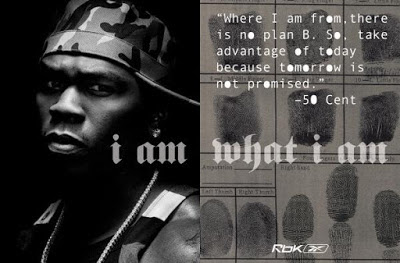Industries: Media Regulation
Read the Factsheet and complete the following questions/tasks: 1) What is regulation and why do media industries need to be regulated? Systems of regulation are required to provide rules and regulations to ensure that organisations operate fairly. There are regulatory bodies that exist to monitor the way that industries work. Regulatory bodies also provide somebody as an audience to complain if there is something they don't like. A Regulator is somebody you can turn to if you think an advert or TV show has offended you; or has made any unrealistic claims or has invaded your privacy. Regulators have to provide a set of strict consequences for media organisations that break the rules but they also need to consider media producers interests and protect the freedom expressions. Consequently, it was perfectly legal for a 5 year old child to rent explicit horror films such as Cannibal Holocaust or The Evil Dead. After a widespread public outcry, the government pas...


